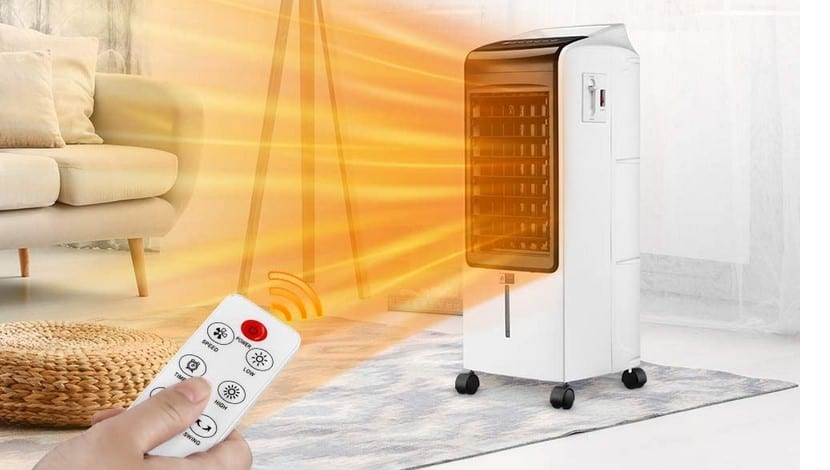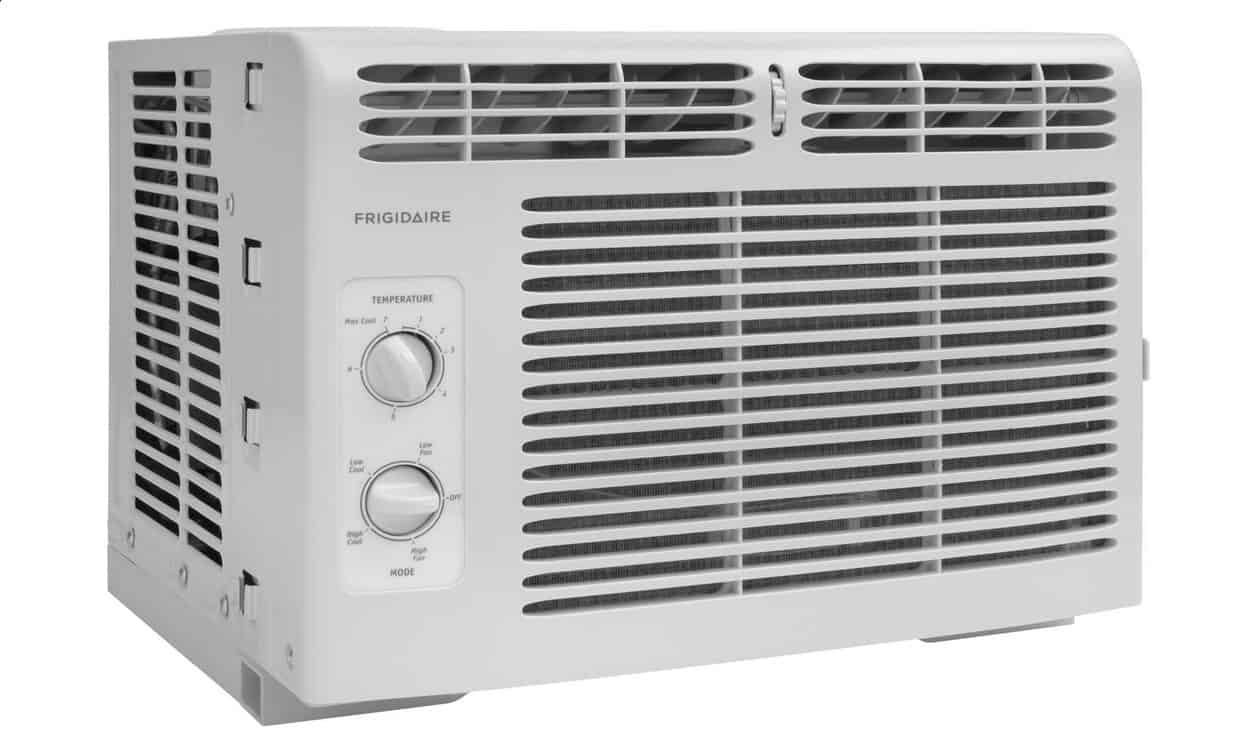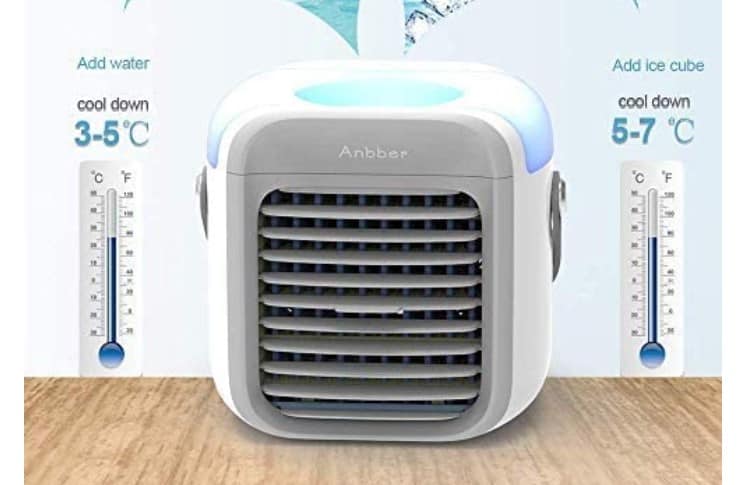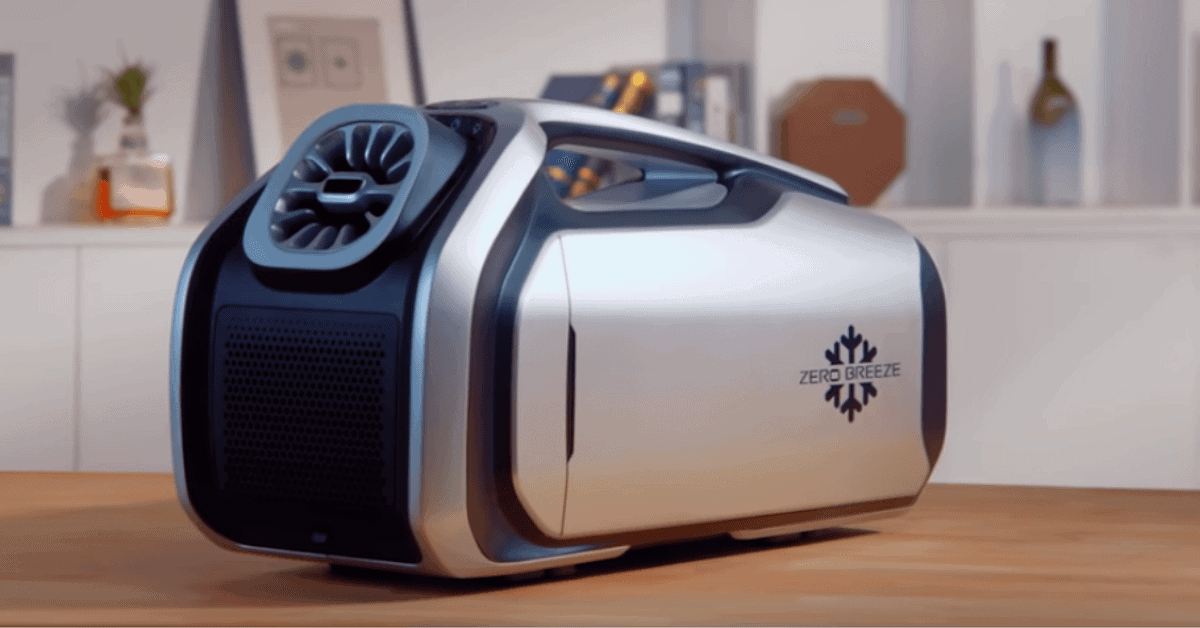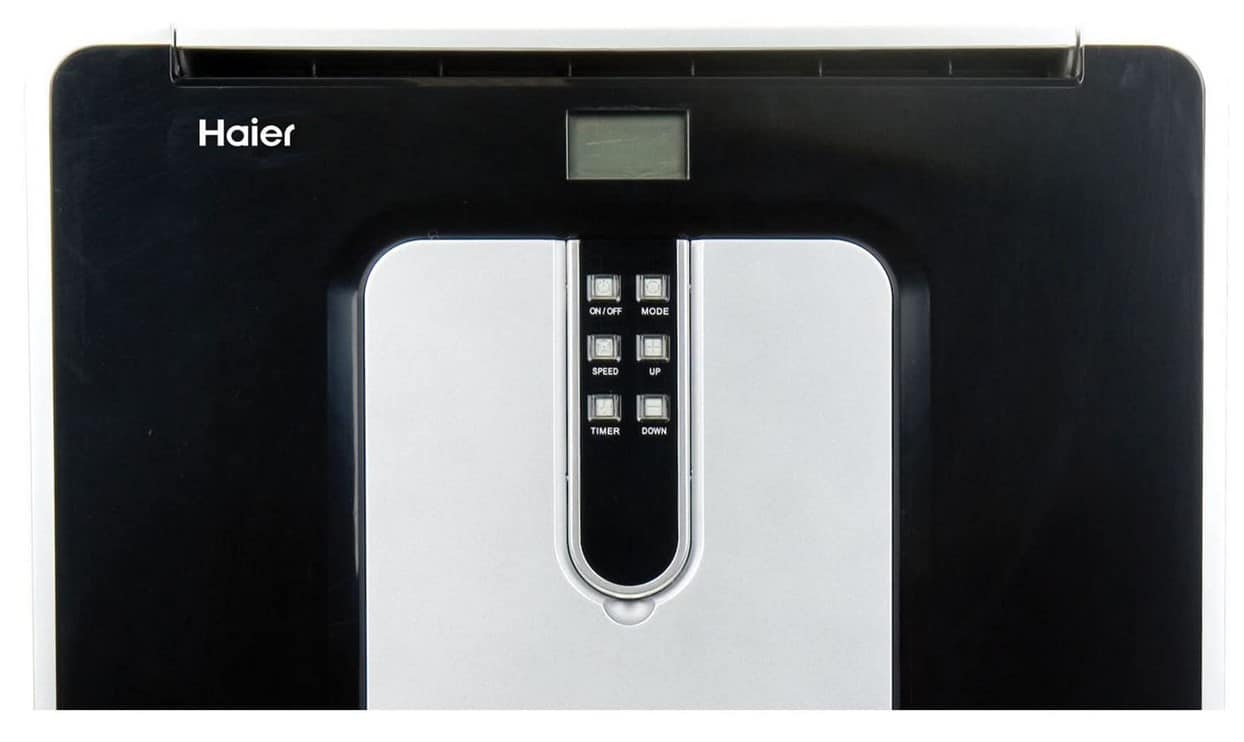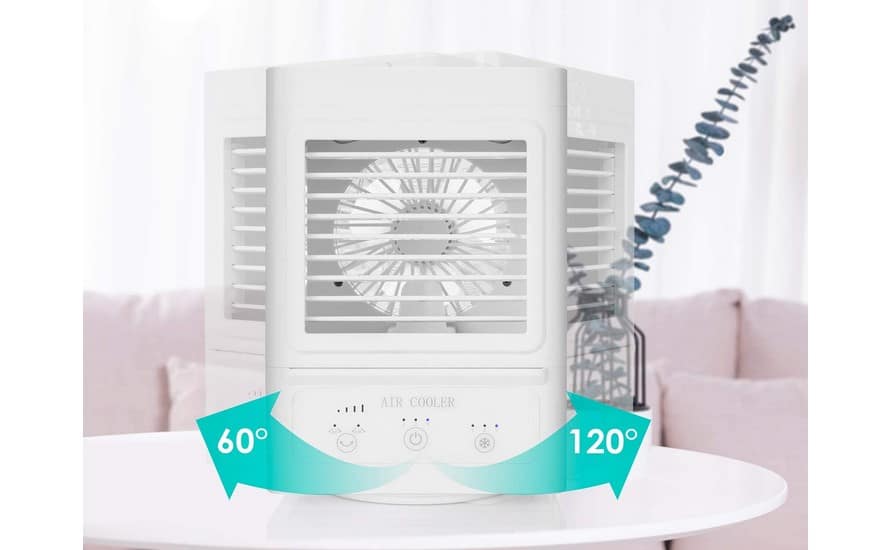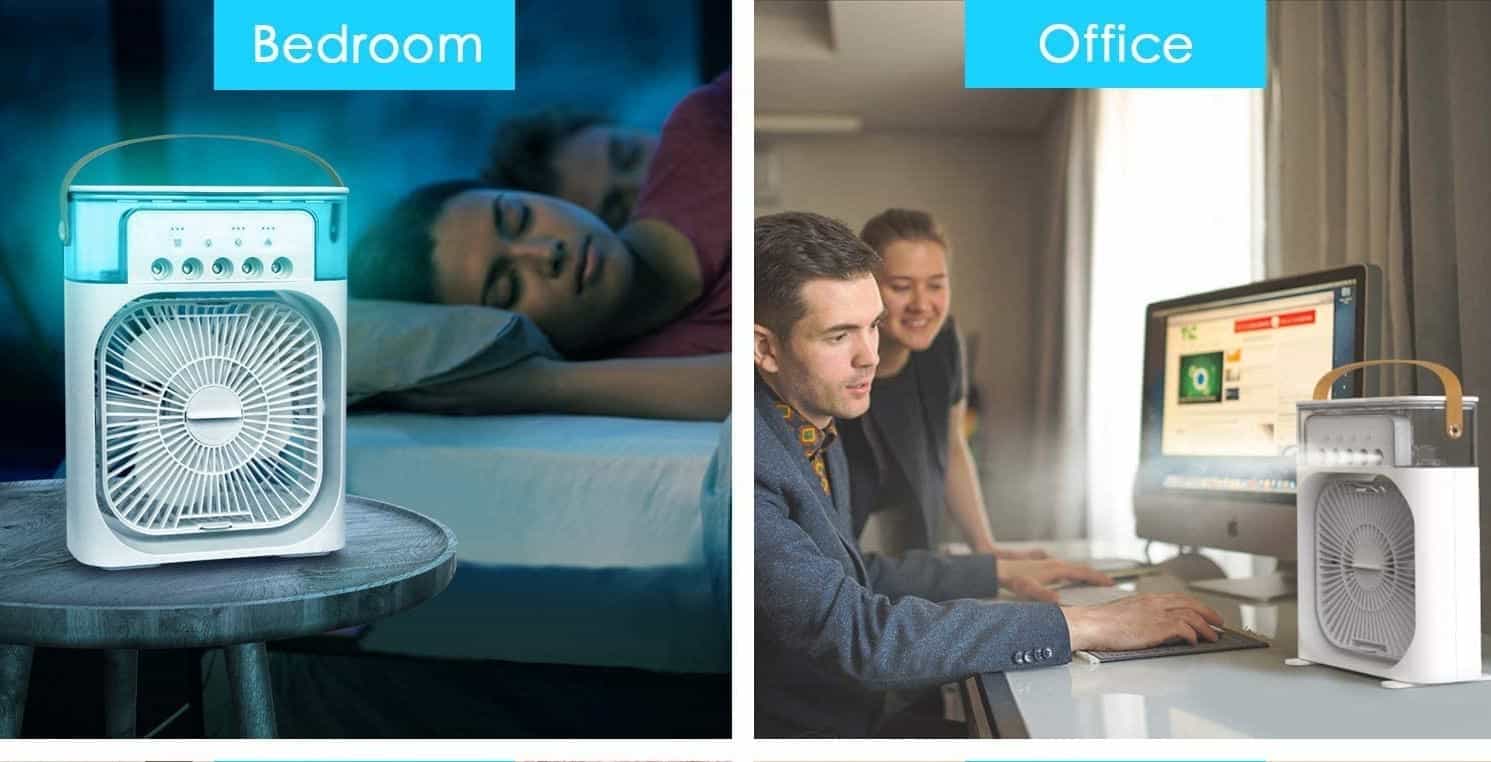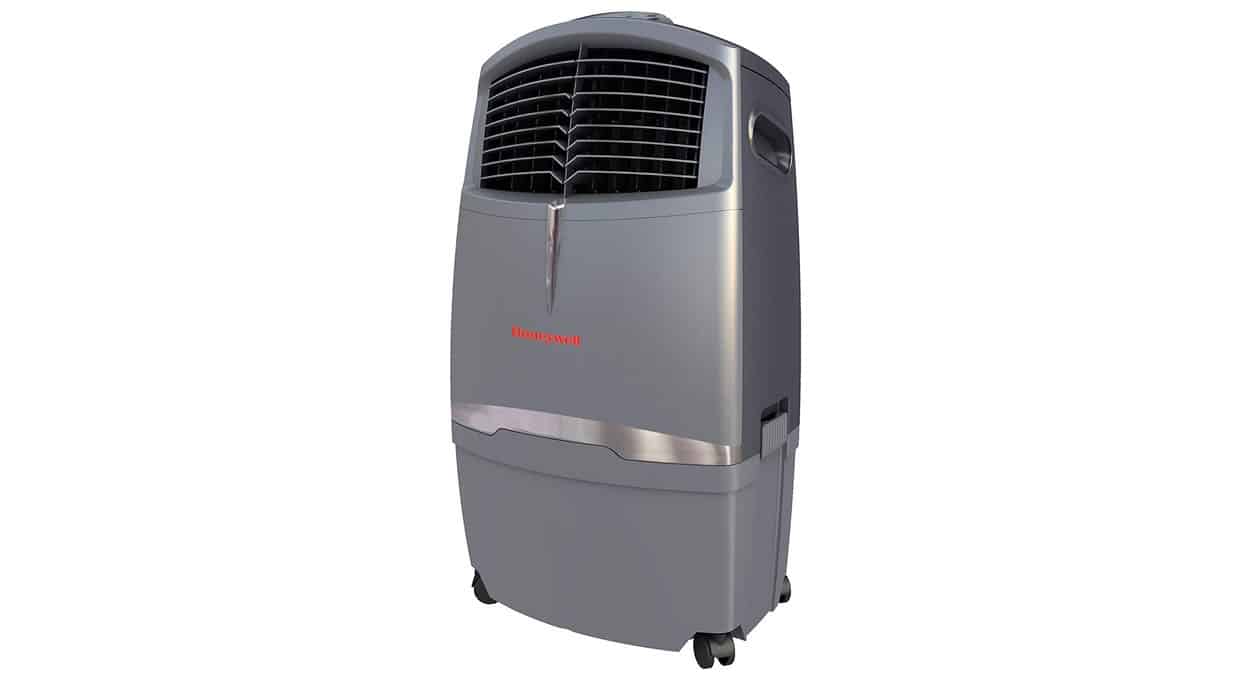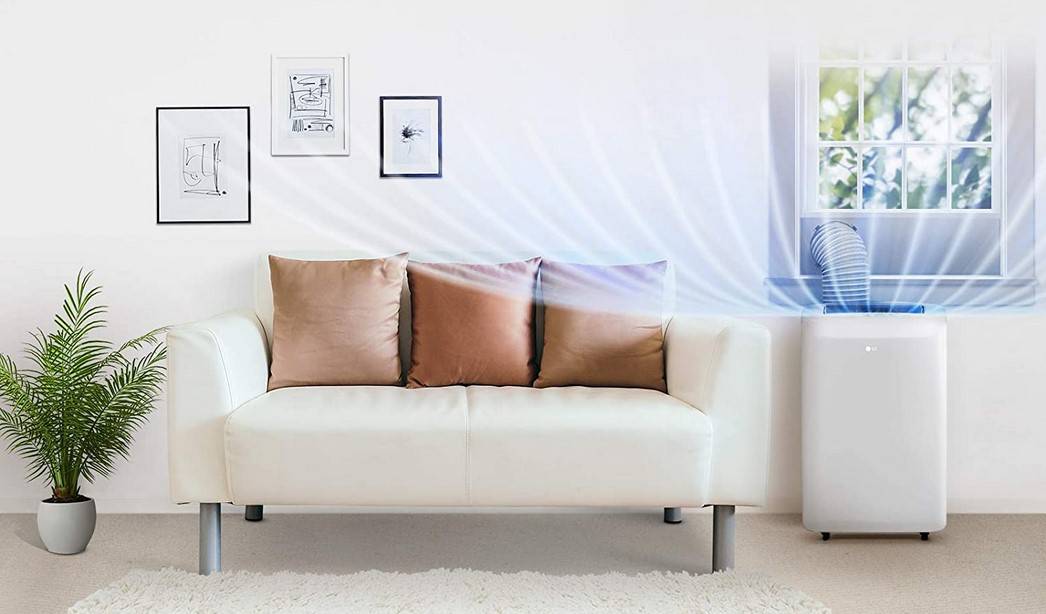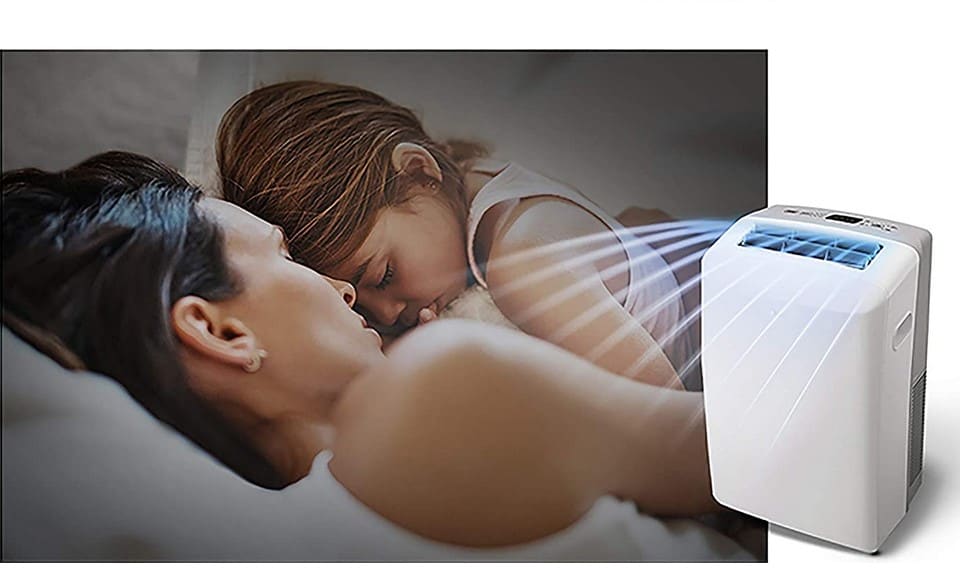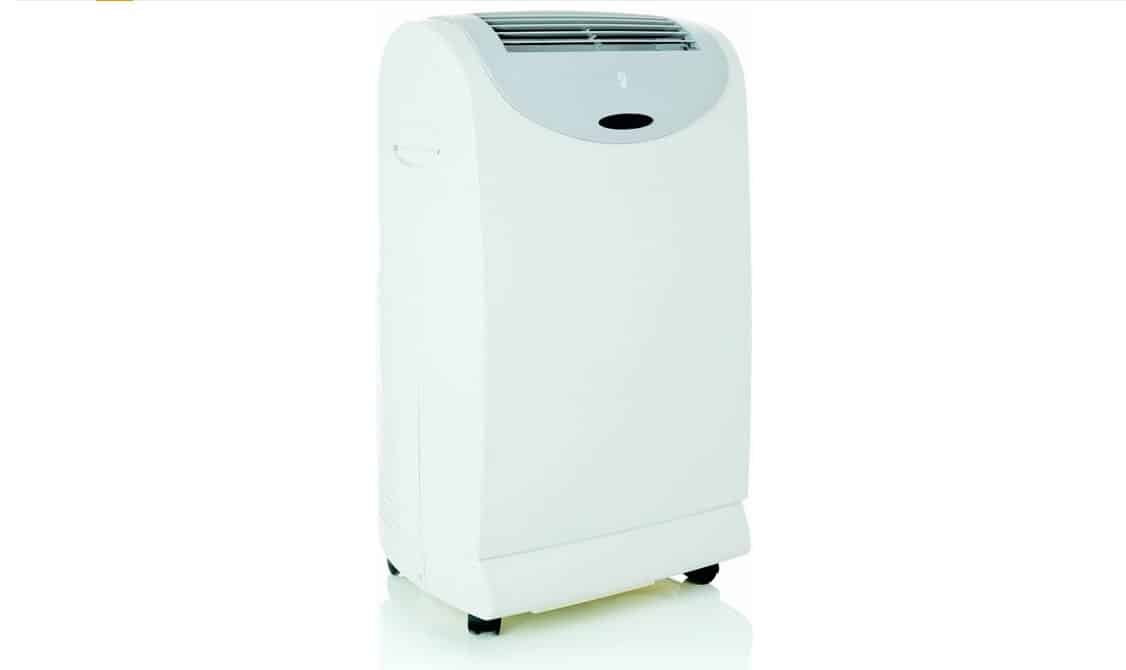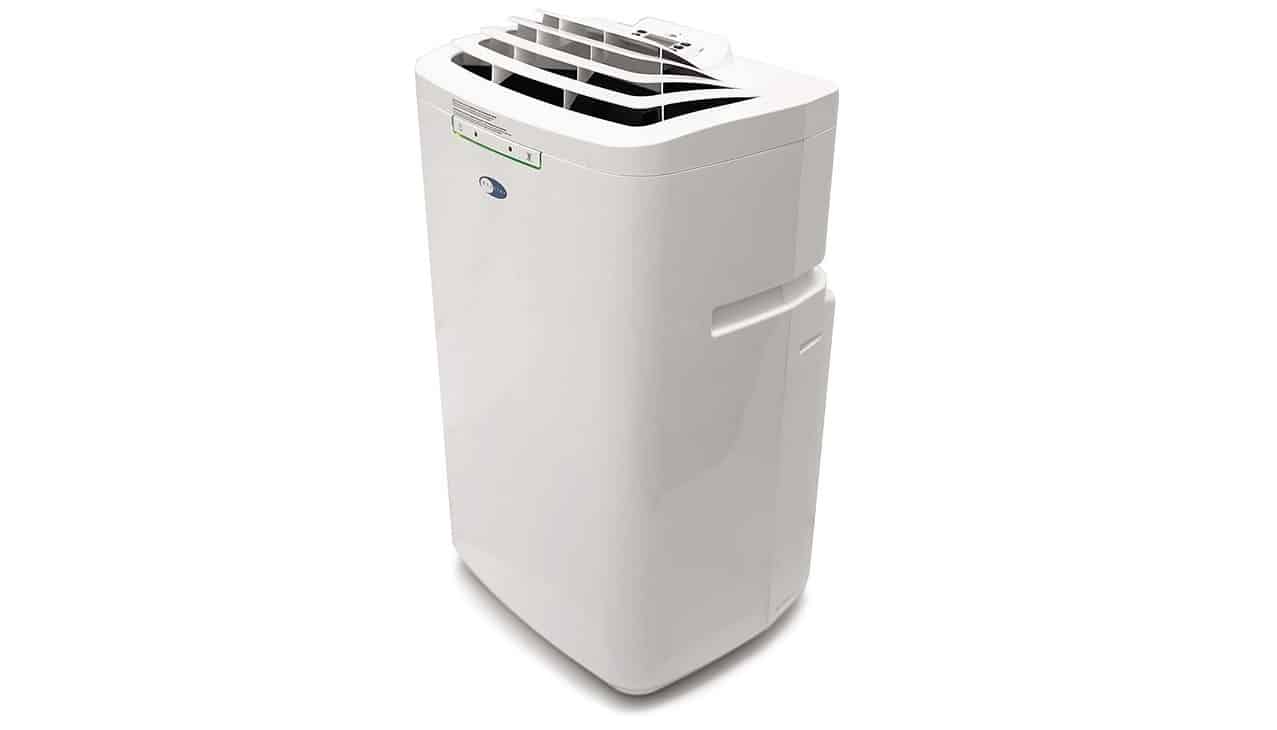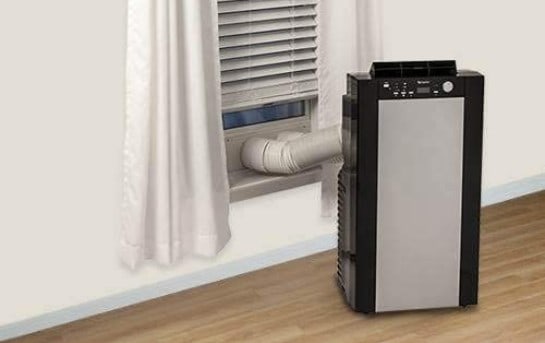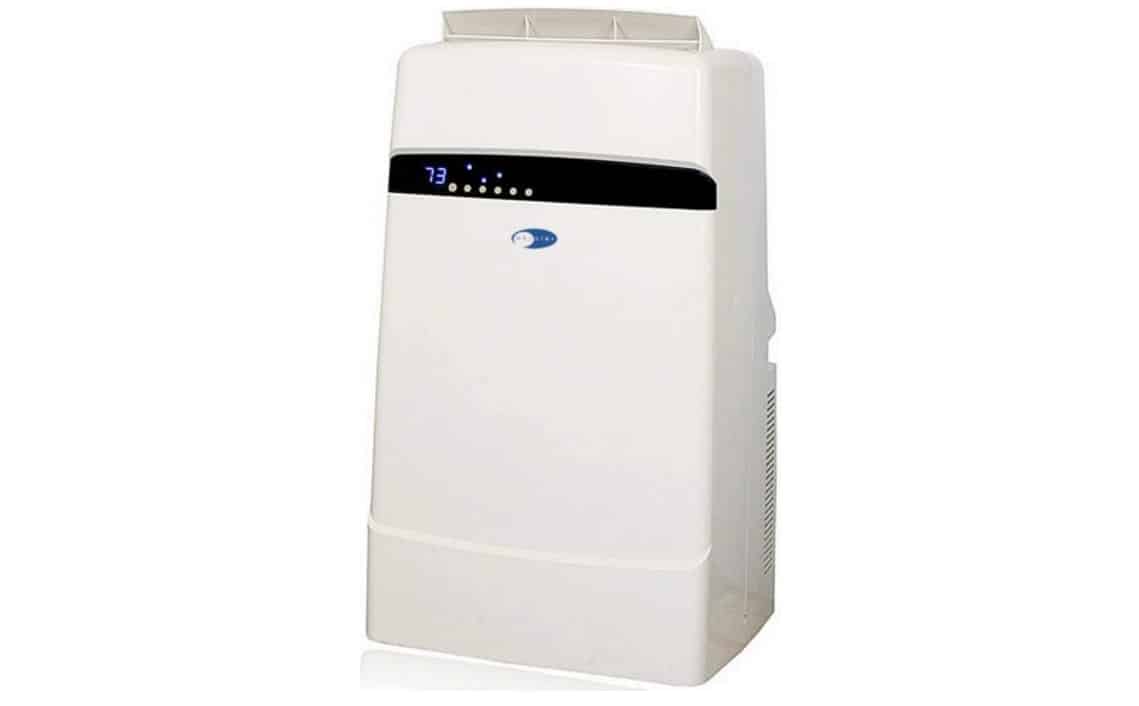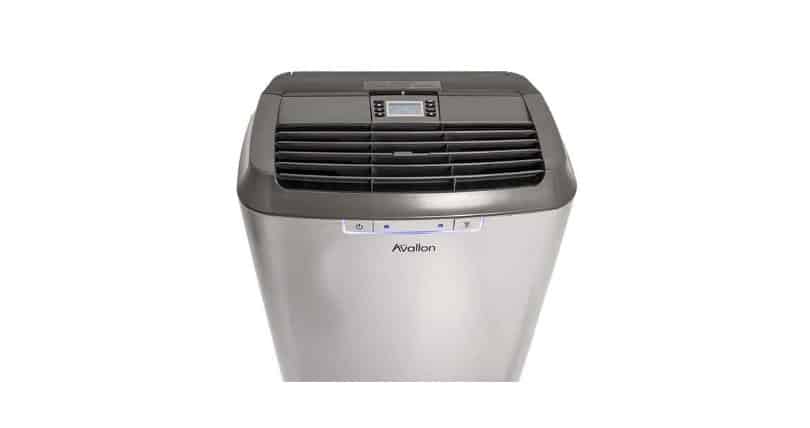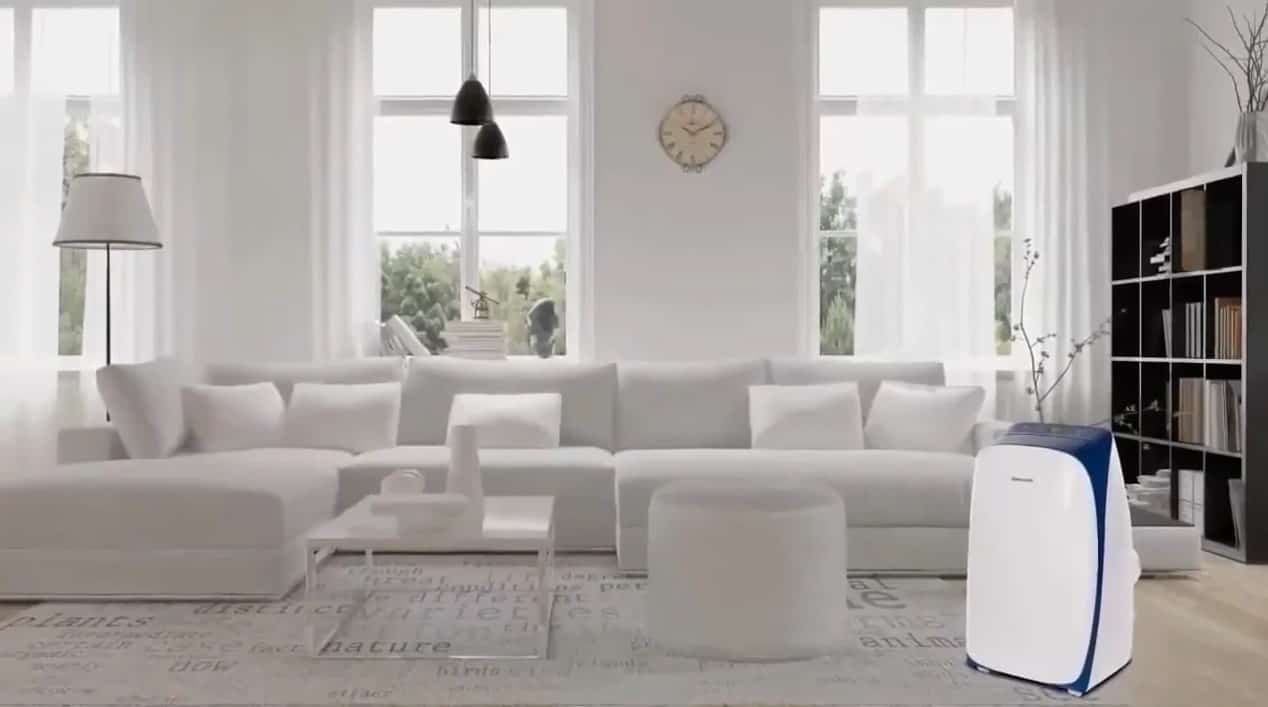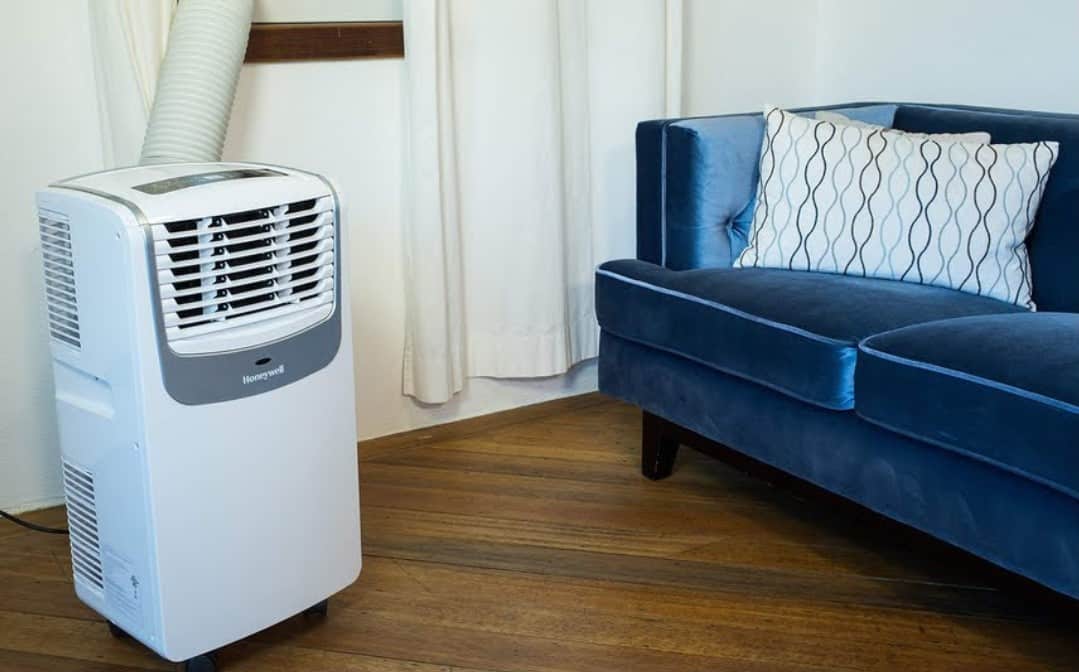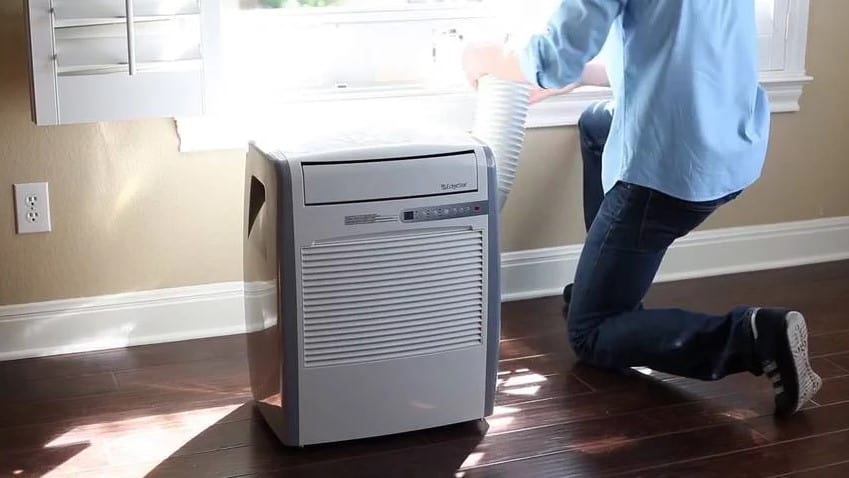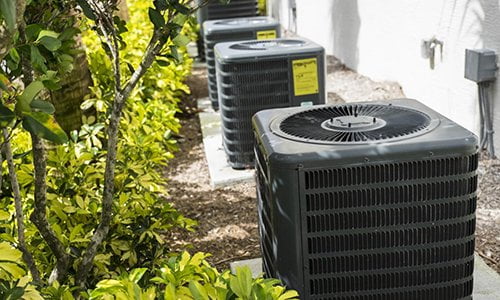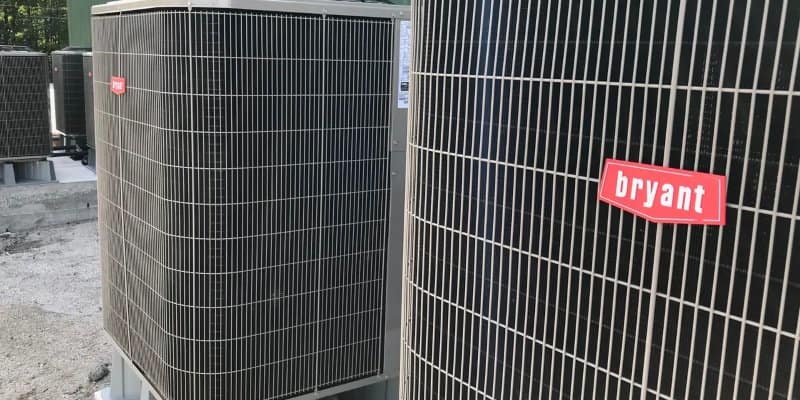The best air conditioners are energy efficient and easy to use. Most portable air conditioners don’t use high watts. They don’t need to run for an extended period before they drop the room to a cooler temperature. Portable air conditioner models are great examples of these qualities. As long as the drainage water is tended to regularly, they are serviceable machines for people where central cooling or a conventional window air conditioner is not an option. The trick is knowing how often do you have to drain a portable air conditioner.
KEY TAKEAWAYS:
- Your AC unit needs to be drained on a regular basis since they condensate water from the air in your home.
- Your monthly energy bills might go up if your machine is not drained properly because a full drain tank will reduce the efficiency of your air conditioning unit.
- Some models support a continuous drain modification that may save you time in the long run.
How to Drain Your Portable Air Conditioner Unit in Easy Ways
People with central AC have to know how to check Freon in their central air conditioner. They may also know how to control their A/C from a mobile device, which is a convenient way to save on costs. Those with window air conditioners have to maintain clearance areas around their unit. And all AC unit owners must know how often they should service their air conditioner. But people with a portable unit must also know when to drain their machines’ excess water. It may seem daunting, but most machines have easy access to their internal water tank so owners can easily remove the built-up water vapor.
Insider Tip
If you plan on adding a continuous drain setup, check your manual for space requirements.
STEP 1
Unplug your machine and move it away from electrical outlets.
STEP 2
If using a pan, place the pan under the drain port, usually at the back of the unit. Remove the drain plug and drain into the pan. Dump the external water tray and clean up any spills with the towel before returning the drain plug to the machine.
STEP 3
If using a hose, remove the drain plug and then attach the hose with watertight attachments. Allow water to drain into a floor drain or other appropriate location. Use the towel to dry any spills, then remove the hose and return the plug to the machine.
STEP 4
Check your unit’s manual to determine if it is compatible with an aftermarket continuous drain hose. In a continuous drainage setup, water is funneled from the reservoir through an aftermarket drain hose and into the location of your choice, removing the need to empty the machine manually. Also, look for signs of a broken drain. If it is broken, call a repair company.
Warning
Do not use a makeshift drain hose to set up a continuous drainage system. If there is a problem with how the drain hose attaches, you could suffer water damage in the area around your unit.
F.A.Q.S
Do portable air conditioners need to be drained?
Yes, you have to drain a portable air conditioner option. Condensate builds up inside over time, especially if there is tons of humidity in the air. If you do not drain the water reservoir, you may end up with a puddle of water under your unit.
Why is my portable air conditioner producing so much water?
A unit’s production of water depends on a few factors. If there is a constant source of humidity nearby or if it is left to run for long periods in humid climates, it may generate too much condensation exhaust, which leads to puddling.
What happens if you don’t drain your portable air conditioner?
Portable units that are not properly drained, especially those functioning in excess humidity, may not function properly. They will suffer an inefficient cooling process and drive up energy bills in the process as they will no longer be energy efficient.
What happens if I don’t change the filter?
A dirty air filter can reduce a unit’s production, even one that is usually energy efficient. Make sure to clean a unit’s filters regularly and to keep your air conditioner clean.
STAT: Switching to high-efficiency air conditioners and taking other actions to keep your home cool could reduce energy use for air conditioning by 20% to 50%. (source)
REFERENCES:
- https://www.eia.gov/todayinenergy/detail.php?id=36692
- https://www.energy.gov/articles/history-air-conditioning
- https://www.e-education.psu.edu/egee102/node/2105r
- https://www.asme.org/topics-resources/content/global-cooling-the-history-of-air-conditioning
- https://www.swtc.edu/Ag_Power/air_conditioning/lecture/evaporator.htm















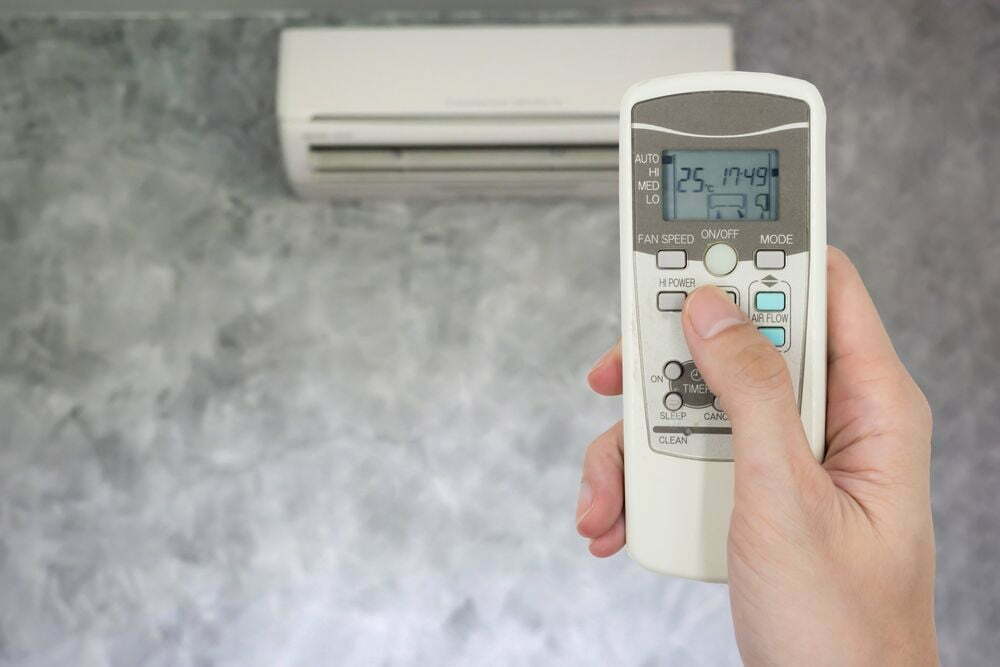
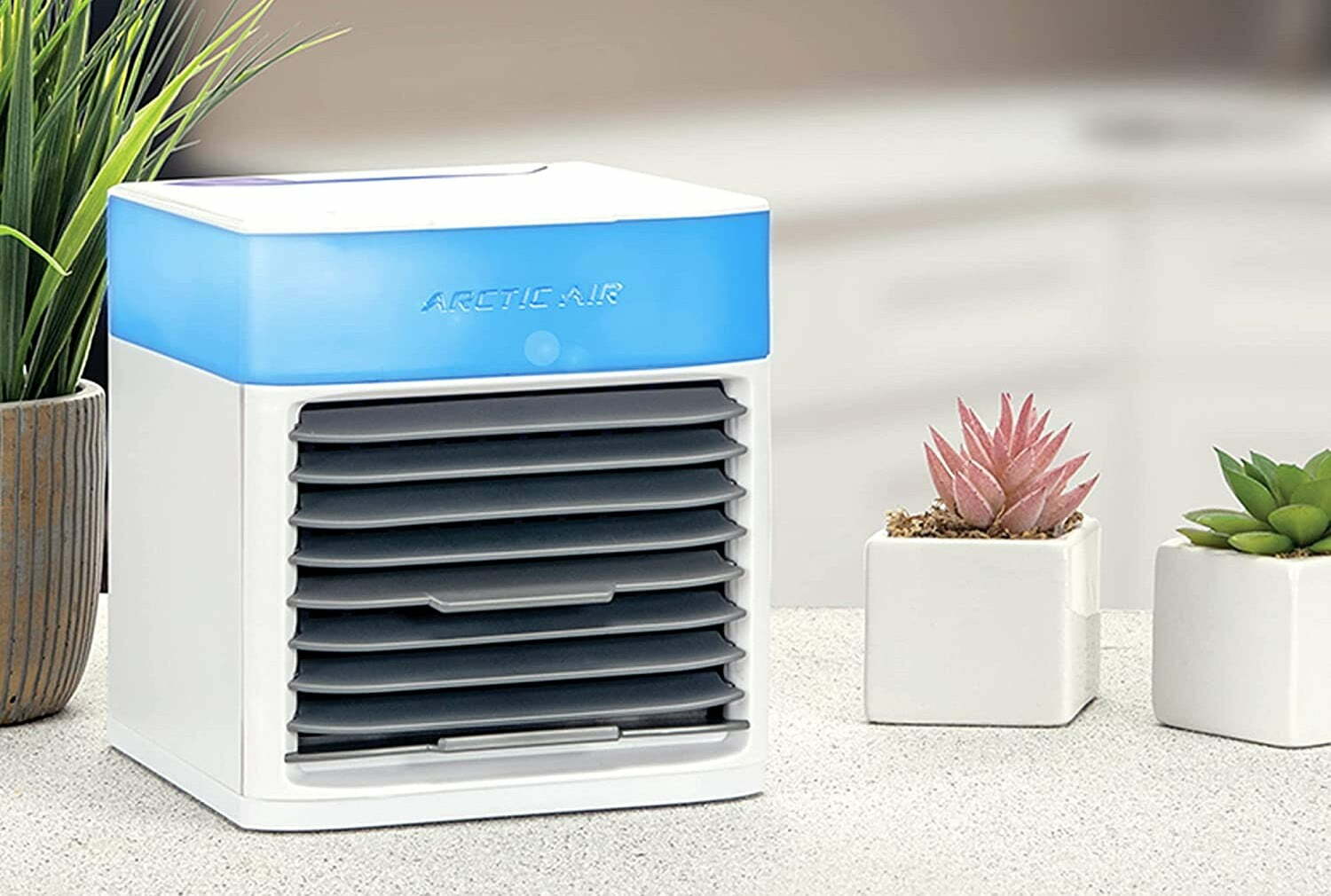
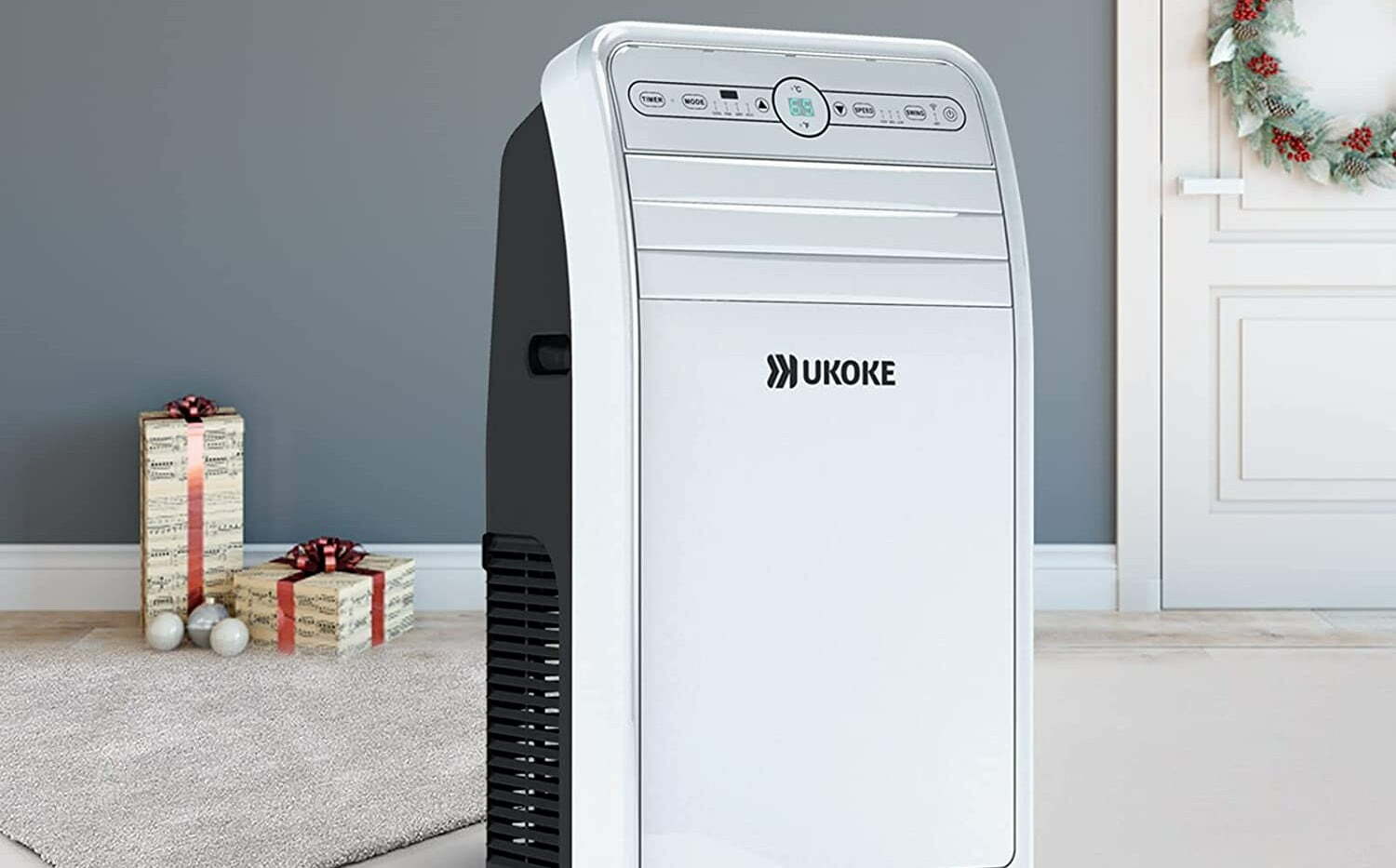
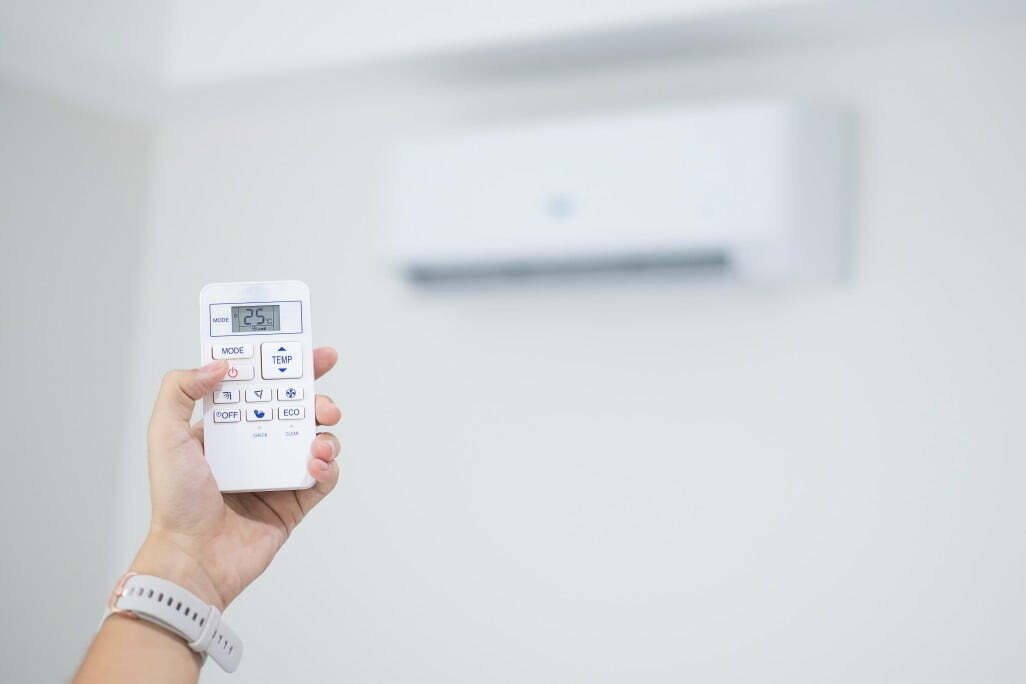
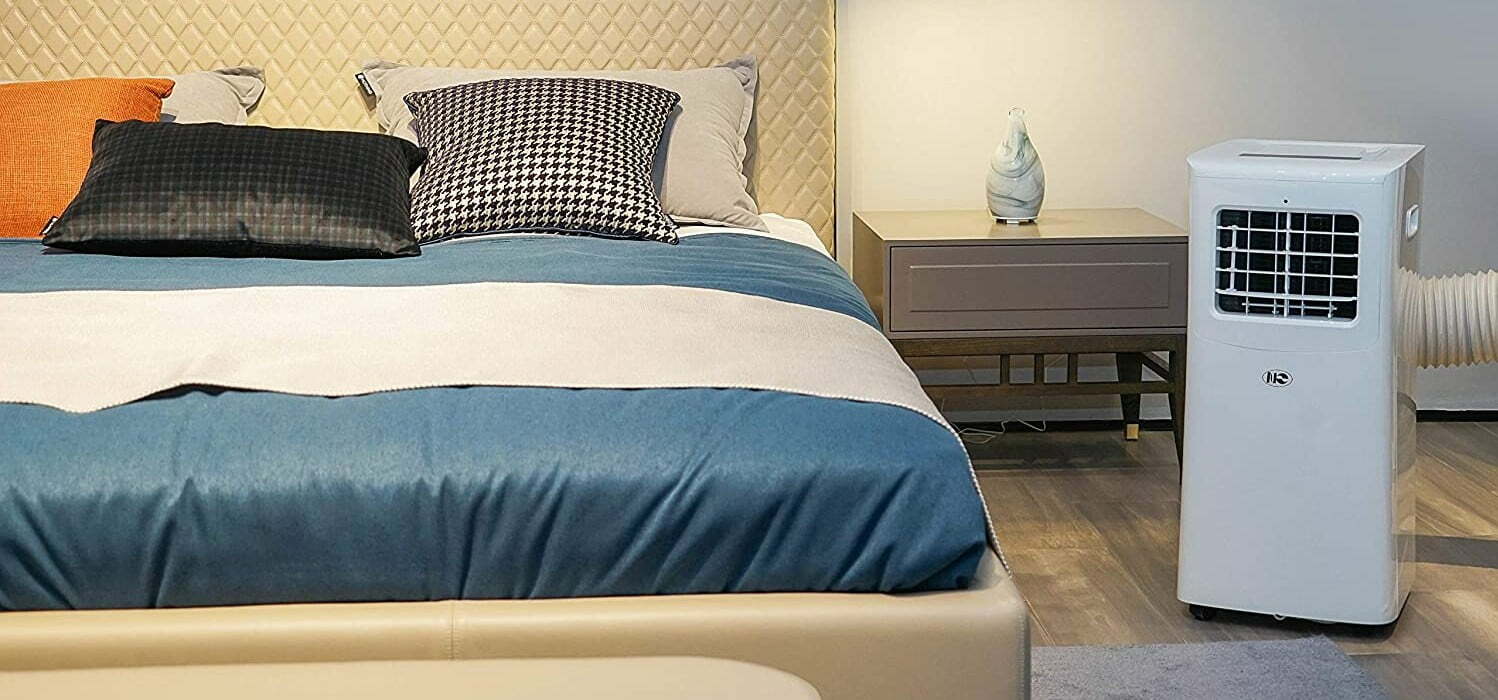
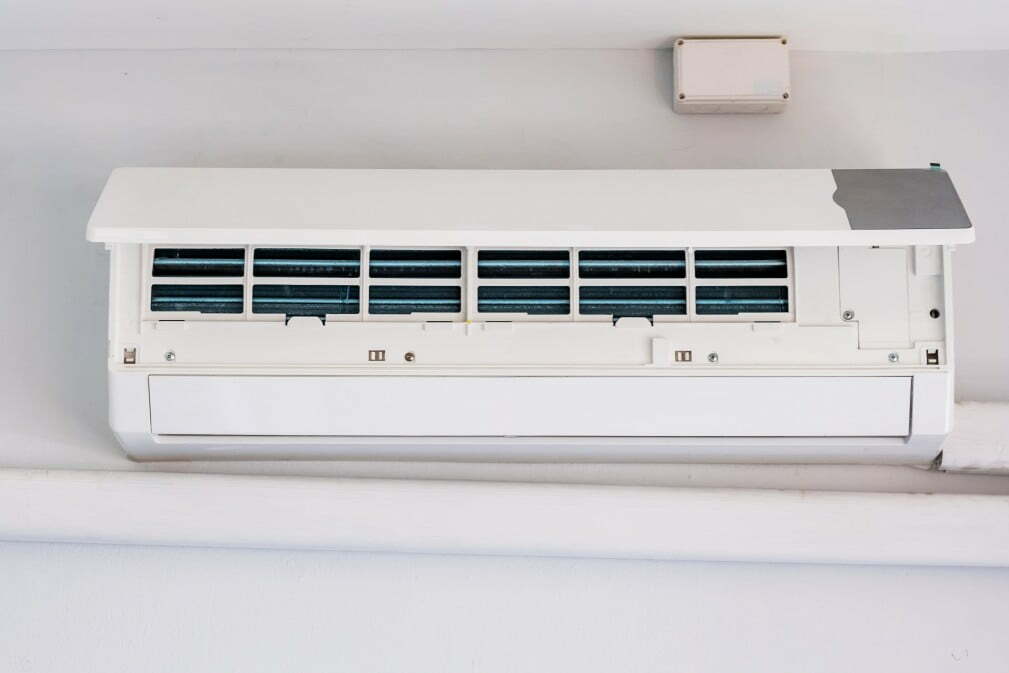
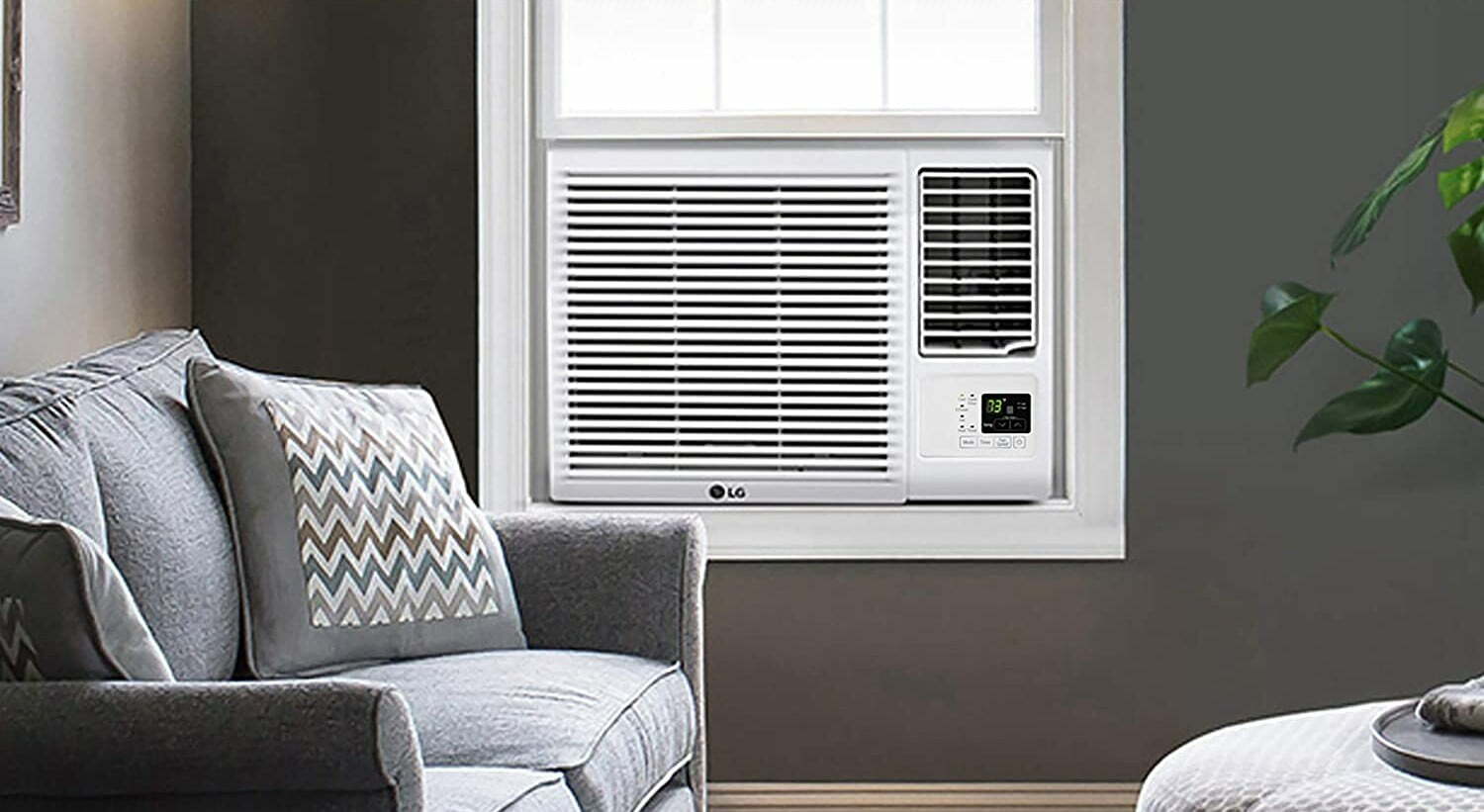
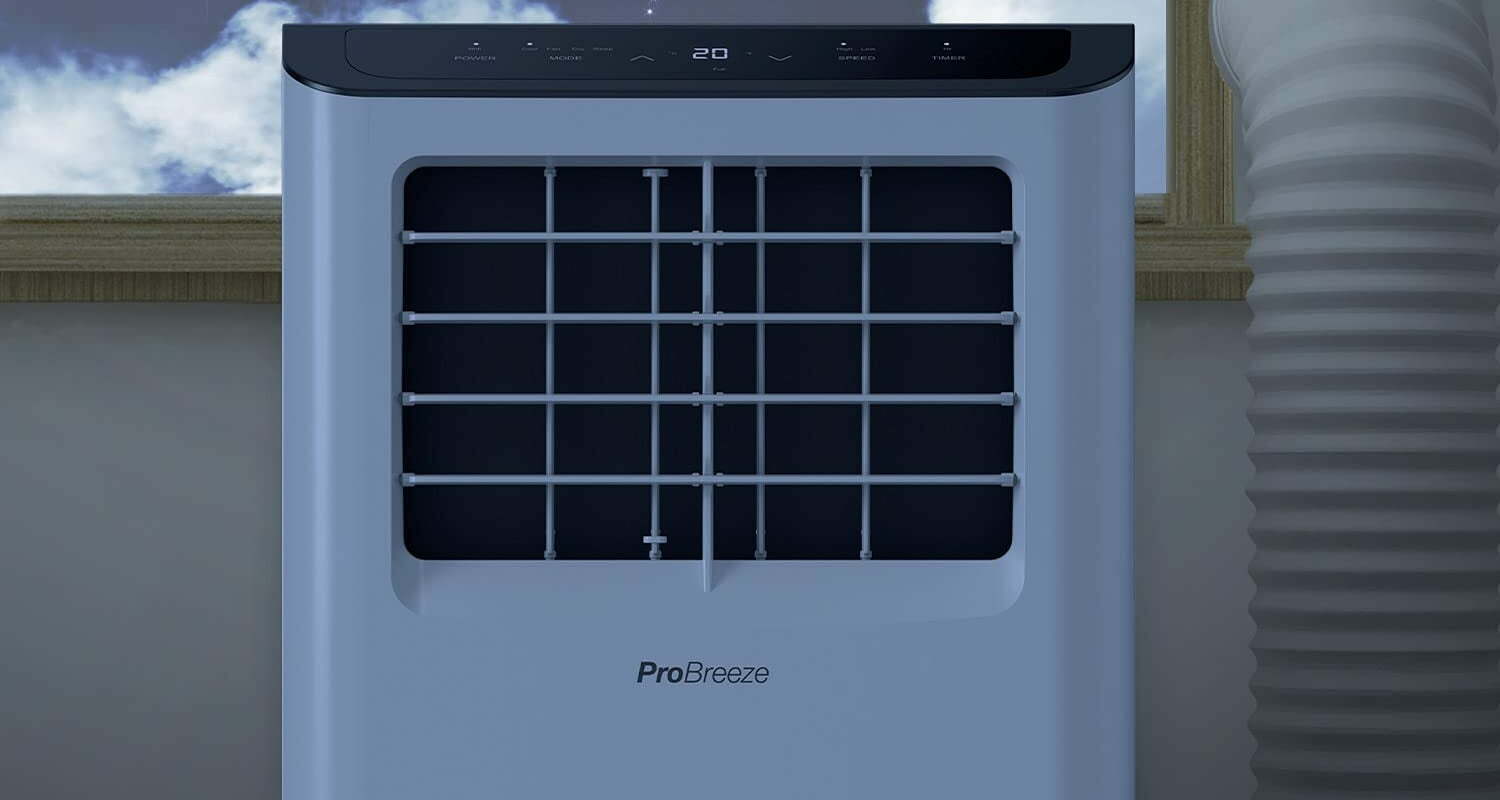
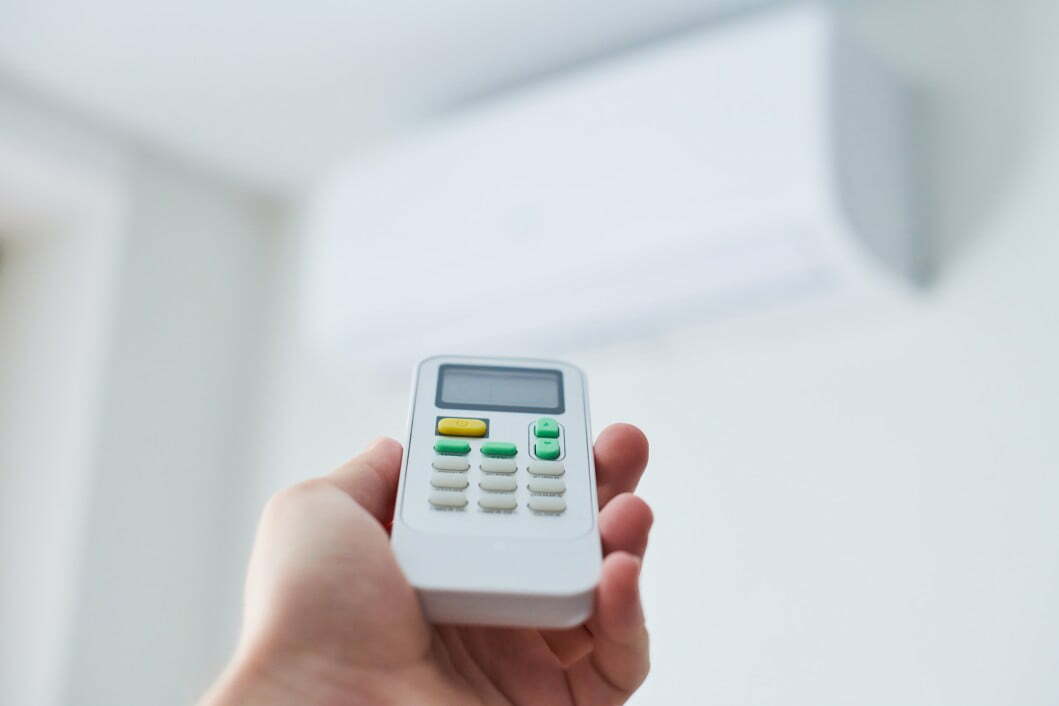
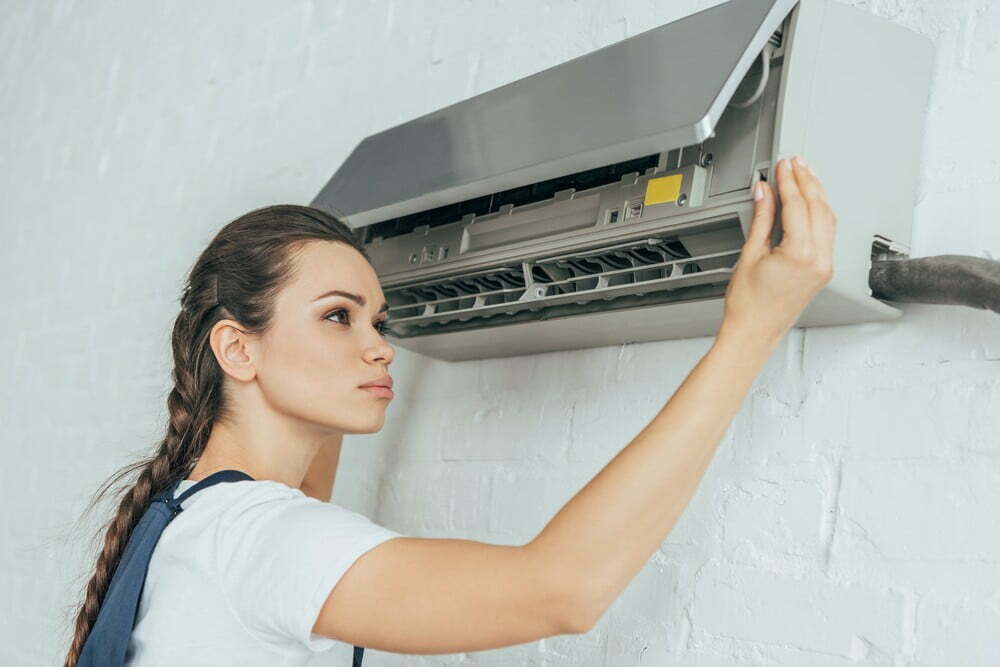
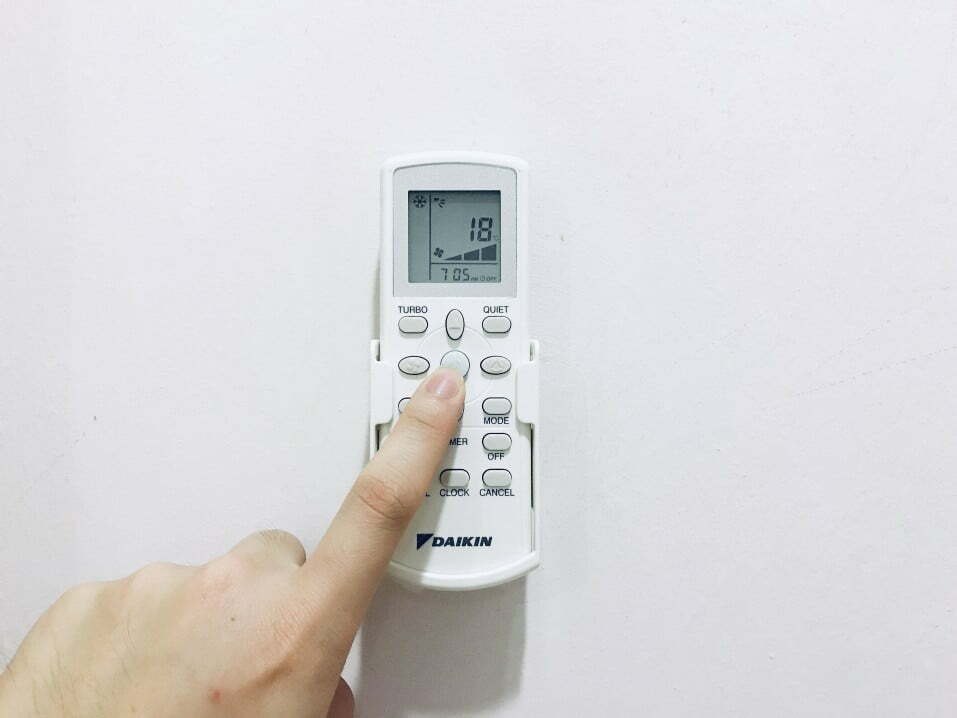
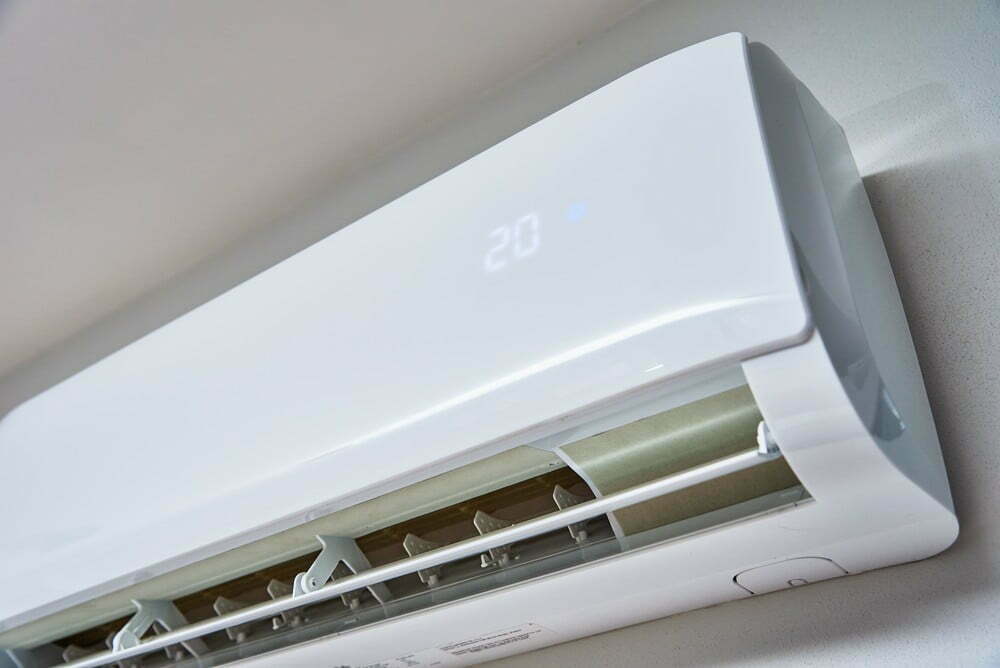
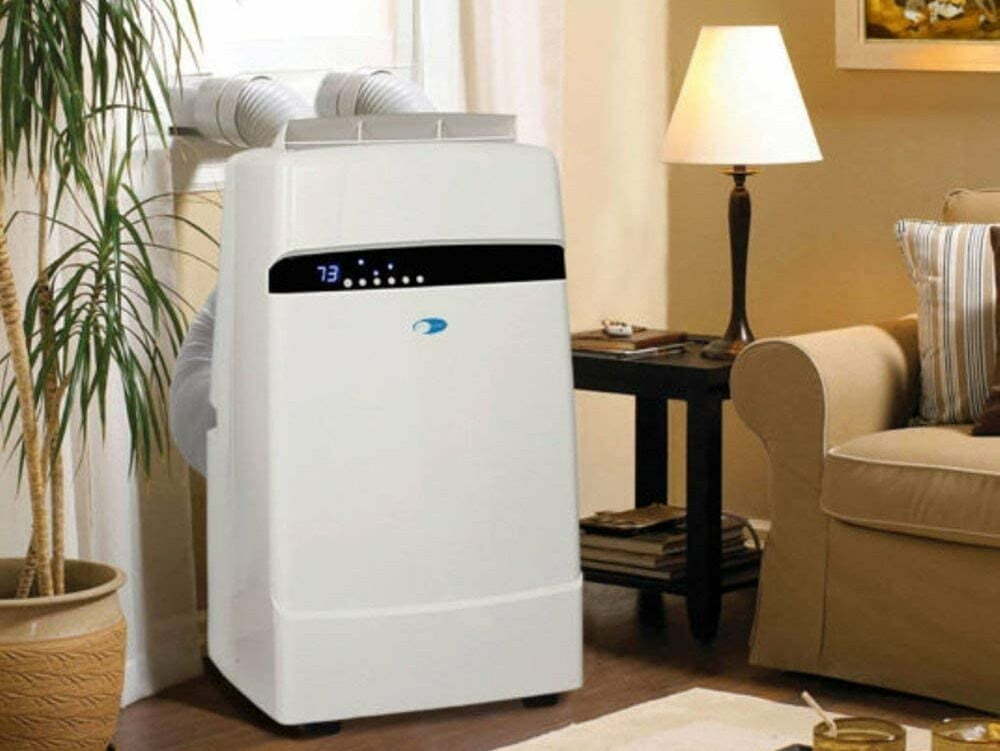
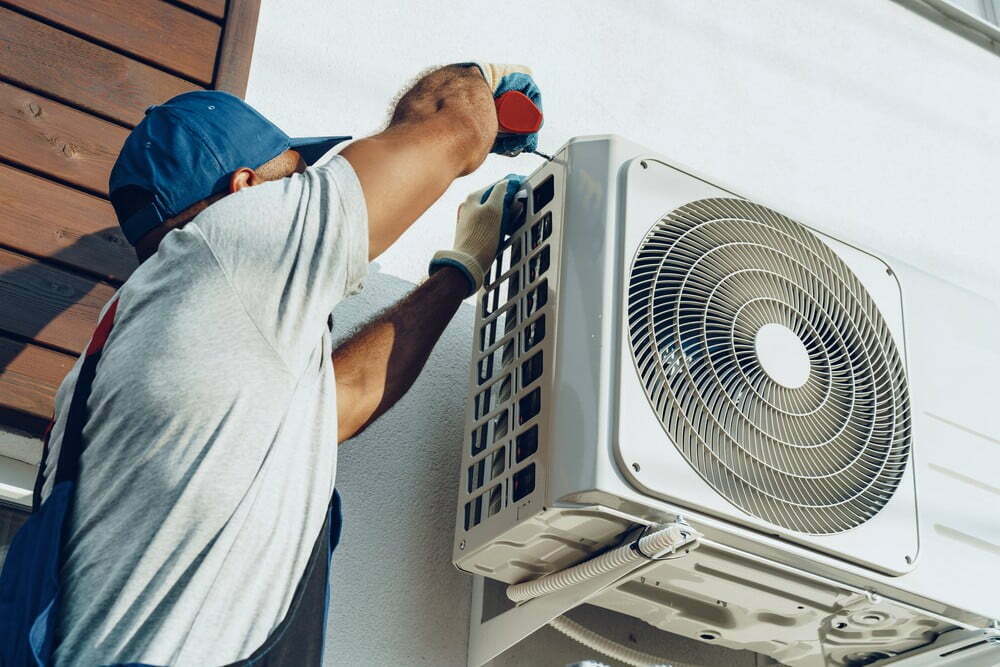
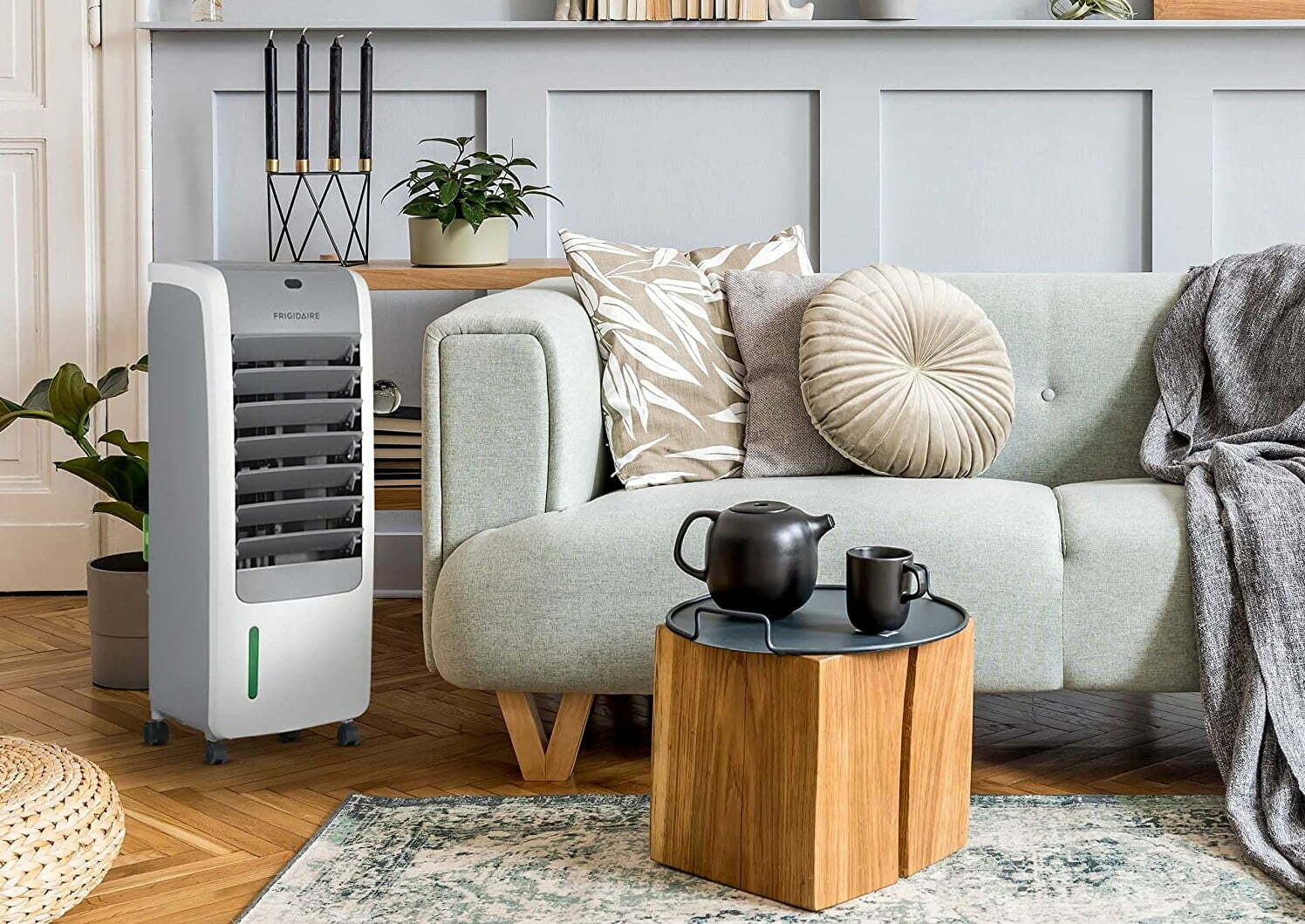
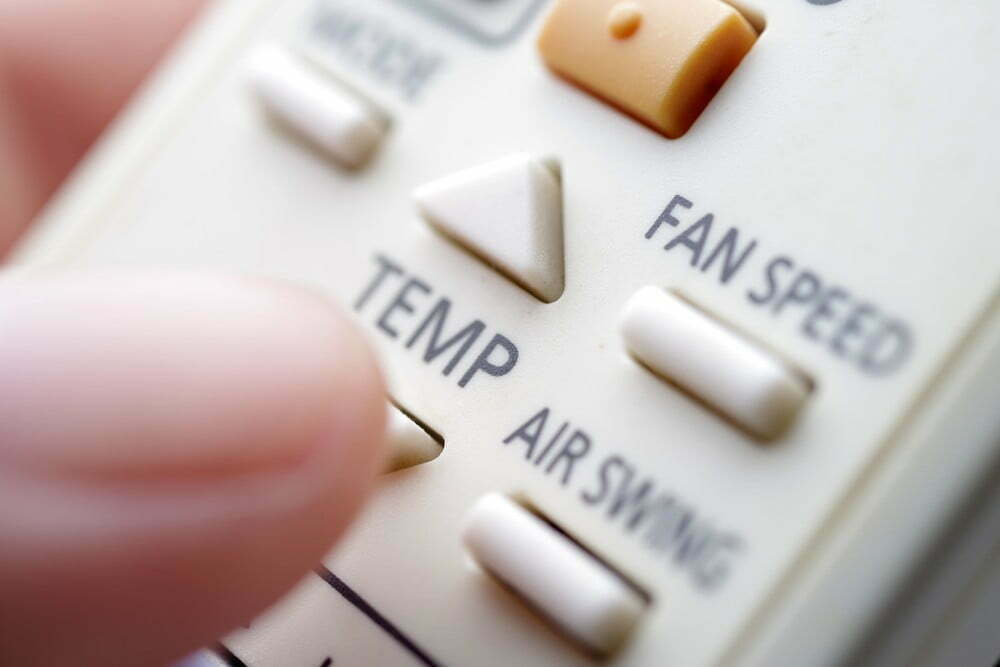
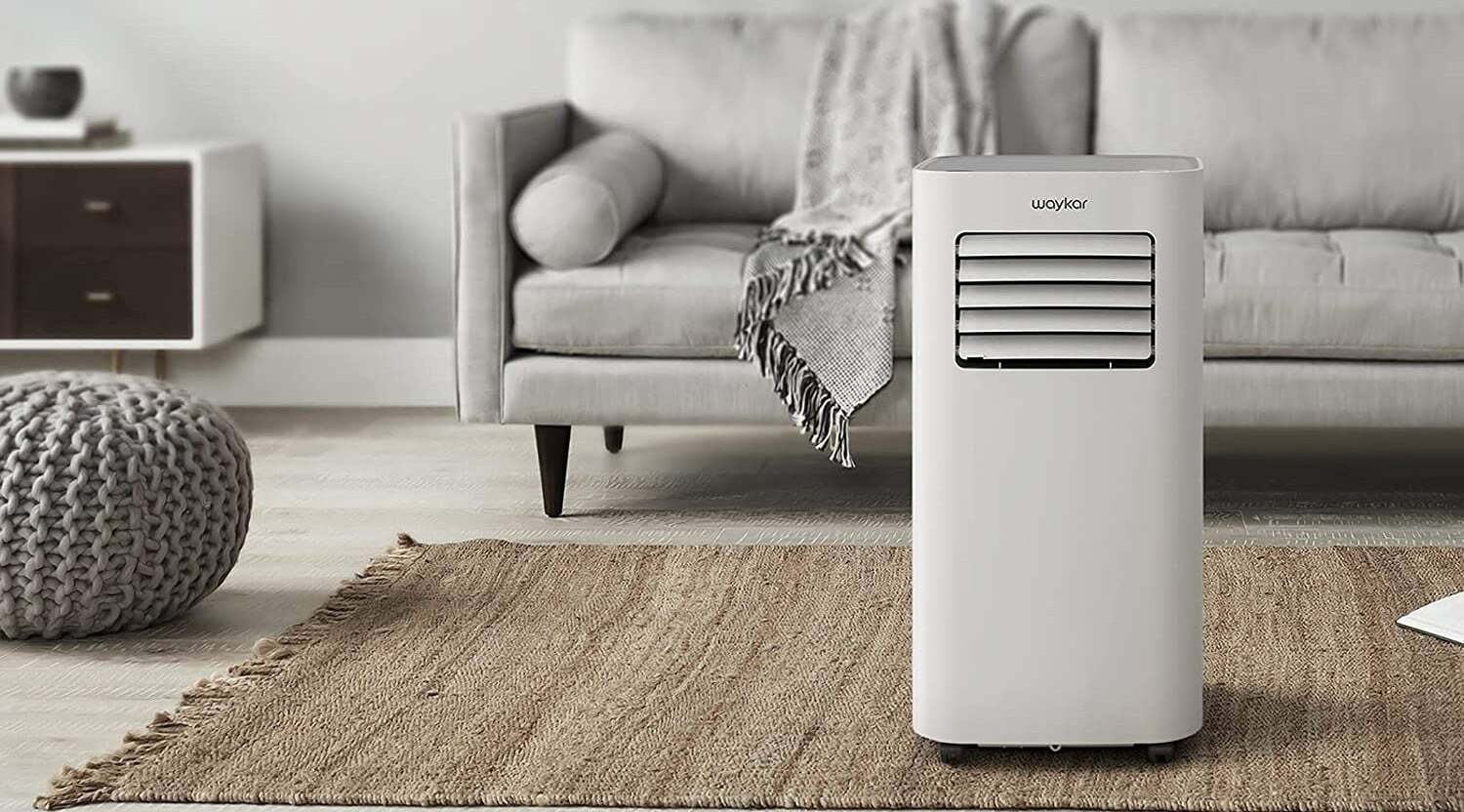
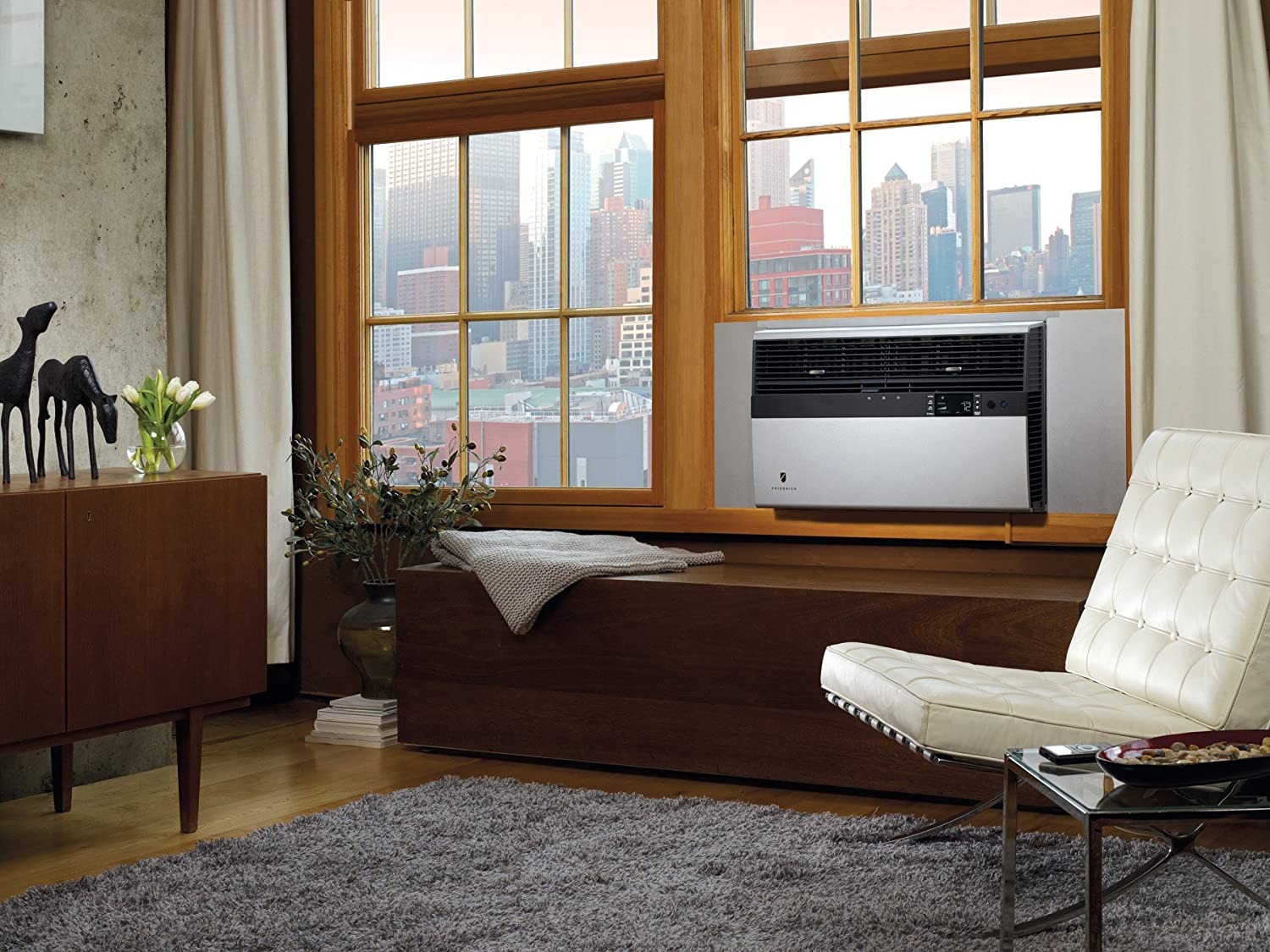
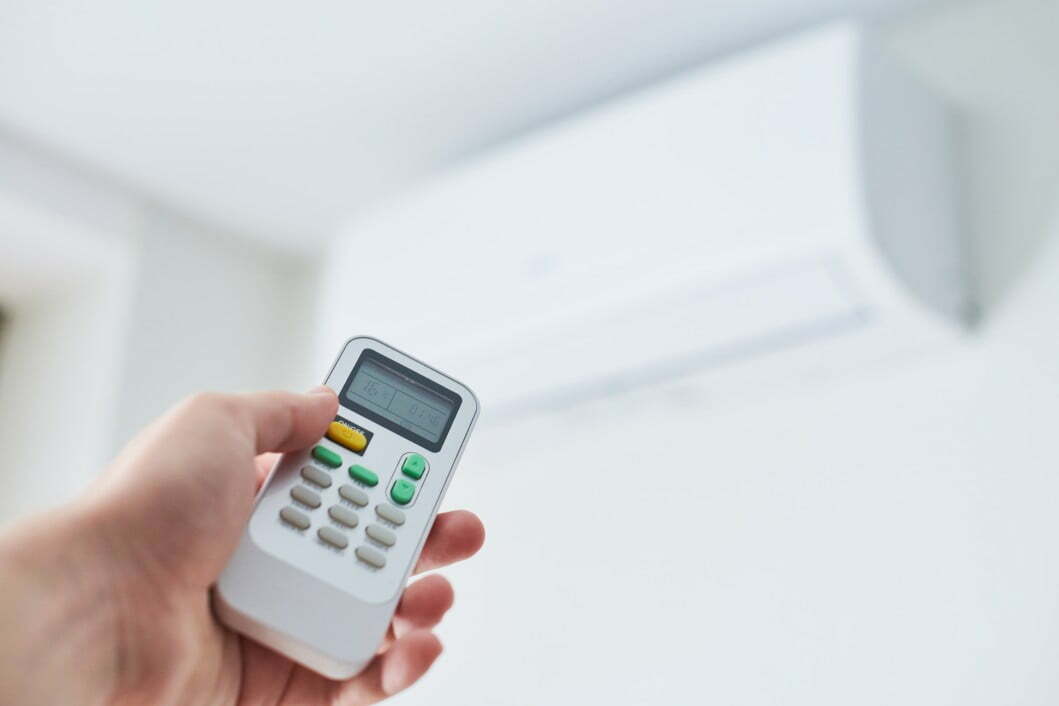
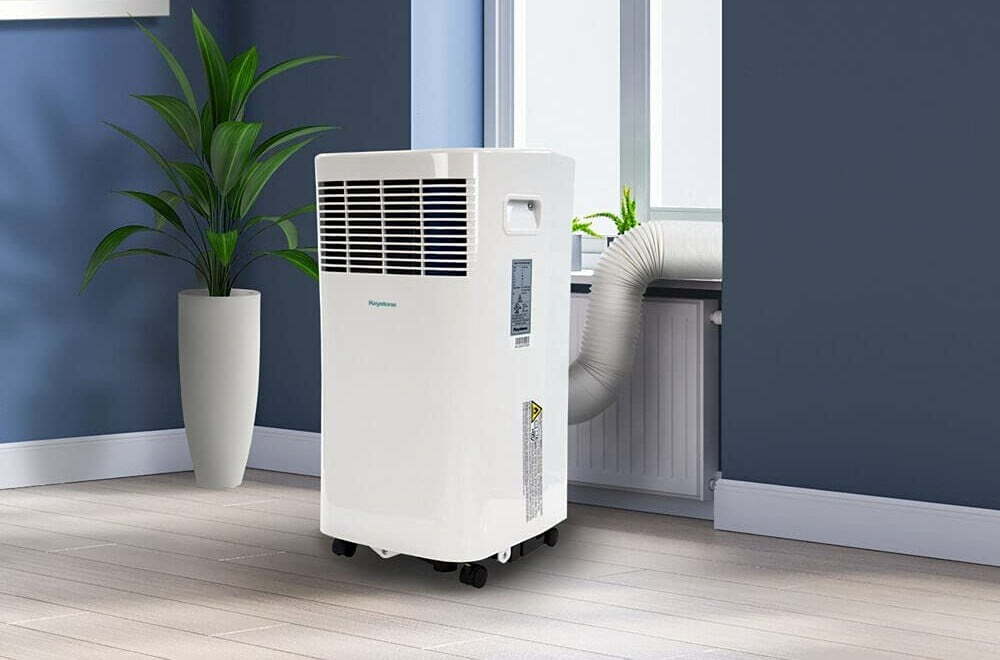
![Best Air Conditioners in [year] ([month] Reviews) 27 Best Air Conditioners in 2025 (December Reviews)](https://www.gadgetreview.dev/wp-content/uploads/best-air-conditioners-image.jpg)
![Quietest Through The Wall Air Conditioners in [year] 28 Quietest Through The Wall Air Conditioners in 2025](https://www.gadgetreview.dev/wp-content/uploads/quietest-through-the-wall-air-conditioner-image.jpg)
![Best 10000 BTU Air Conditioners in [year] 29 Best 10000 BTU Air Conditioners in 2025](https://www.gadgetreview.dev/wp-content/uploads/best-10000-btu-air-conditioner-image.jpg)
![Best 15000 BTU Air Conditioners in [year] 30 Best 15000 BTU Air Conditioners in 2025](https://www.gadgetreview.dev/wp-content/uploads/best-15000-btu-air-conditioner-image.jpg)
![Best 15000 BTU Window Air Conditioners in [year] 31 Best 15000 BTU Window Air Conditioners in 2025](https://www.gadgetreview.dev/wp-content/uploads/best-15000-btu-window-air-conditioner-image.jpg)
![Best 12000 BTU Air Conditioners in [year] 32 Best 12000 BTU Air Conditioners in 2025](https://www.gadgetreview.dev/wp-content/uploads/best-12000-btu-air-conditioner-image.jpg)
![Best Photocatalytic Oxidation Air Purifiers in [year] 33 Best Photocatalytic Oxidation Air Purifiers in 2025](https://www.gadgetreview.dev/wp-content/uploads/best-photocatalytic-oxidation-air-purifier-image.jpg)
![Best Ventless Portable Air Conditioners in [year] 34 Best Ventless Portable Air Conditioners in 2025](https://www.gadgetreview.dev/wp-content/uploads/best-ventless-portable-air-conditioner-image.jpg)
![Best Window Air Conditioners with Heat in [year] 35 Best Window Air Conditioners with Heat in 2025](https://www.gadgetreview.dev/wp-content/uploads/best-window-air-conditioner-with-heat-image.jpg)
![Best Inverter Air Conditioners in [year] 36 Best Inverter Air Conditioners in 2025](https://www.gadgetreview.dev/wp-content/uploads/best-inverter-ac-image.jpg)
![Best HEPA Air Purifiers in [year] 37 Best HEPA Air Purifiers in 2025](https://www.gadgetreview.dev/wp-content/uploads/best-hepa-air-purifier-image.jpg)
![Best Quiet Window Air Conditioners in [year] 38 Best Quiet Window Air Conditioners in 2025](https://www.gadgetreview.dev/wp-content/uploads/quiet-window-air-conditioner-image.jpg)
![Best Energy Efficient Window Air Conditioners in [year] 39 Best Energy Efficient Window Air Conditioners in 2025](https://www.gadgetreview.dev/wp-content/uploads/best-energy-efficient-window-air-conditioner-image.jpg)
![Best Quiet Portable Air Conditioners in [year] 40 Best Quiet Portable Air Conditioners in 2025](https://www.gadgetreview.dev/wp-content/uploads/quiet-portable-air-conditioner-image.jpg)
![Best 6000 BTU Air Conditioners in [year] 41 Best 6000 BTU Air Conditioners in 2025](https://www.gadgetreview.dev/wp-content/uploads/best-6000-btu-air-conditioner-image.jpg)
![Best 8000 BTU Air Conditioners in [year] 42 Best 8000 BTU Air Conditioners in 2025](https://www.gadgetreview.dev/wp-content/uploads/best-8000-btu-air-conditioner-image.jpg)
![Best Small Window Air Conditioner in [year] 43 Best Small Window Air Conditioner in 2025](https://www.gadgetreview.dev/wp-content/uploads/best-small-window-air-conditioner-image.jpg)
![Best 5000 BTU Air Conditioners in [year] 44 Best 5000 BTU Air Conditioners in 2025](https://www.gadgetreview.dev/wp-content/uploads/best-5000-btu-air-conditioner.jpg)
![Best Mini Split in [year] 45 Best Mini Split in 2025](https://www.gadgetreview.dev/wp-content/uploads/best-ductless-mini-split-air-conditioner-image.jpg)
![10 Best Portable Air Conditioners and Heaters in [year] 46 10 Best Portable Air Conditioners and Heaters in 2025](https://www.gadgetreview.dev/wp-content/uploads/best-portable-air-conditioner-and-heater-image.jpg)
